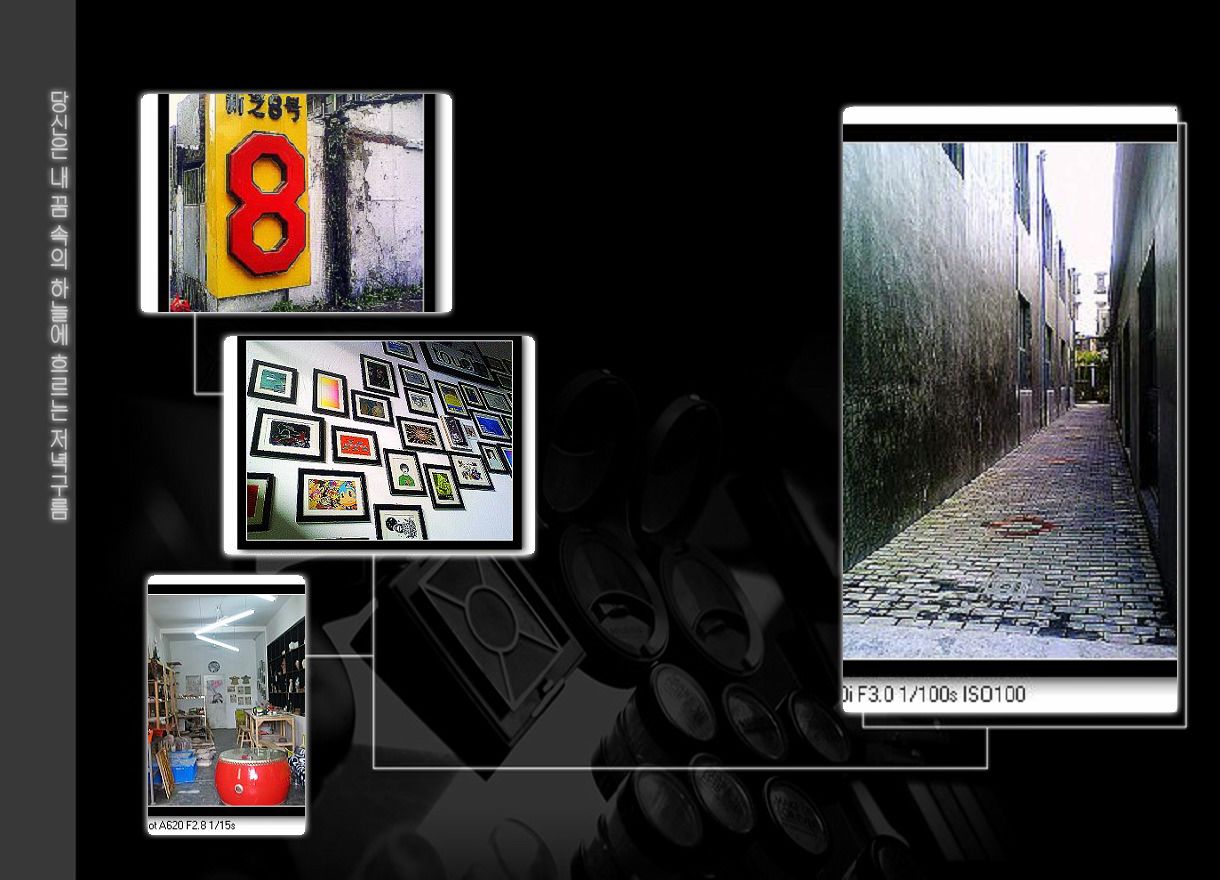Some Notes about Set Readings
Posted: May 6th, 2009 | Author: Xu Shengxi | Filed under: creative industries | Tags: creative cluster, creative industry, urban spatial structure | No Comments »Creative industry was established for solving problem of unemployment in post-industrial time, as Ned Rossiter (2008) mentioned in Creative China: Counter-Mapping Creative Industries’, it covers communication, advertising, music and urban developing areas which can be regarded as “new economyâ€. Compare to developed countries where has matured developing scale of creative industry like UK and Australia, China started to develop creative economy after Eleventh-Five Year Plan (ibid). The rise of creative industry in China leads to the emergence of a new form of economy which called creative economy (Hong 2006, p.38).
Although creative industry such as advertising and communication industry seem as sunrise industry in contemporary China and absorb numbers of young adults full of passion, it faces to many barriers and difficulties according to the reality of China. China is now experiencing a complicated transitional period in economic, urban and social areas (Rossiter, 2008, p. 25). As Adrian Blackwell (2008, p.50) considers there is a gap between “strong central government and weak regulatory frameworkâ€. To a certain degree it helps to promote the efficiency of socialist market economy operate in international market, however, disadvantages appear in many areas like urban spatial structure, urban-image building and even creativity of creative industries in China (Blackwell, A 2008, p.50& Chen, 2008, p.18).
The development of creative industry in China, to a certain degree, is becoming the pronoun of real estate. As Shaofeng Chen (2008, p.18), the assistant dean of Institute for Cultural Industries of Pecking University claims that there is a mistaken idea in the growth of creative clusters in China. He mentions that creative industry is usually operated as real estate program according to governmental policy about land supervision (ibid). It leads to the transition of creative cluster from Creative Park to Real Estate Park, and weakens cultural power as well as distorts the original meaning of cultural creativity though it brings economic profit (ibid). Professor Ned Rossiter (2008, p.52) considers big city like Beijing has its certain scale of creative industry, however, they contribute much more on driving price of real estate than on improving their creativities. Creative clusters seldom create new ideas; they even become image-program of government (Rossiter 2008, p.52 & Chen 2008, p.18).
Nevertheless, creative industry spring up in China result in positive transition of urban structure of China. In term of capital investment, it influences anthropology flow because creative industry gathers human ideas and creativities. As Professor Ned Rossiter (2008, p.24) claims that the restructure of various districts will happen in a certain scale. Adrian Blackwell (2008, p. 48) considers in today’s China there are two basic extensions mode of urban outer suburbs, which are “poorly controlled village intensification and expansive new development zonesâ€. In some cities which have a development scale of creative industry, like Beijing and Shanghai, the new economic form which have the basis of urban historical heritage create new profits, for instance 798 in Beijing and Tianzi Fang in Shanghai. This kind of urban heritage is labelled history and Chinese characteristics, moreover, they are reformed as the new artistic space for consumption. As the first creative cluster based on disused factory in Ningbo, Loft 8 gathers design studio, advertising company and DIY (do it yourself) space, etc. According to the introduction from Zane Zhu, the host of No Space in Loft 8, there are many artistic exhibitions taken there, such as paintings and photographs. The development of Loft 8 has its success, however, as Zane Zhu mentioned it still has inadequate attention from the public, and it hasn’t combined with commercial activities. In term of newly creative development zone, take the first creative technology park for example, it locates in Ningbo University Park and has access to get abundant recourses like soft company. It can be seen as “a cultural archipelago†(Blackwell 2008, p.48). Although there is a big distances between big cities where a large scale of creative development has, how can urban spatial structure achieve in Ningbo and to what extent can become reality? Ningbo has its advantages in location and economic development, moreover, its cultural background is profound. Does the creative cluster in Ningbo can contribute to the urban spatial restructure? To what extent they can? This is the question I want to evaluate in my essay.
Loft 8, Ningbo, based on disused factory

Tian Zi Fang, Shanghai, old alley but new creativity

References
Blackwell, Adrian (2008) ‘Inverting the Cultural Map: Peripheral Geographies of Beijing’s Creative Production’, Urban China 33: 48-51.
Carriço, Mónica; de Muynck, Bert; Rossiter, Ned (eds) (2008) Urban China 33 [Special Issue: ‘Creative China: Counter-Mapping Creative Industries’].
Chen, S F 2008, Ten Mistaken Ideas of Creative Clusters, China Academic Journal Electronic Publishing House.
Hong, L 2006, Creative Industry and Creative Economy, Friend, vol.10, pp.38-39.
Ned, R 2008, Informational Geographies vs. Creative Clusters, Urban China, vol.33, pp.32

Leave a Reply